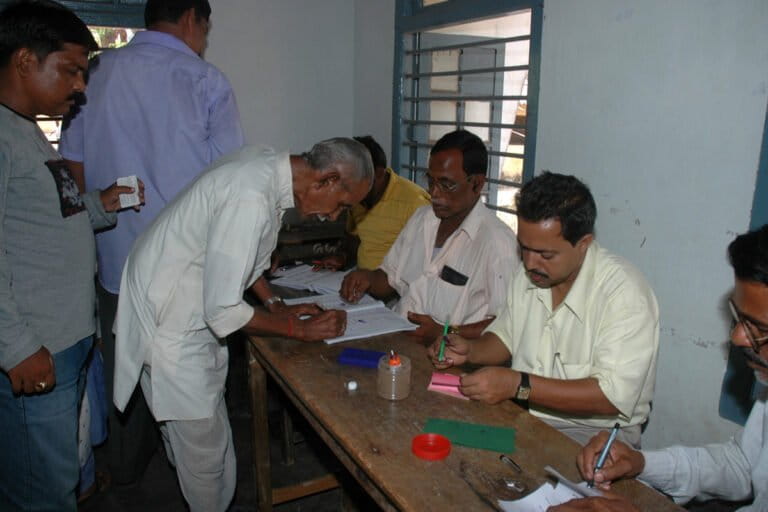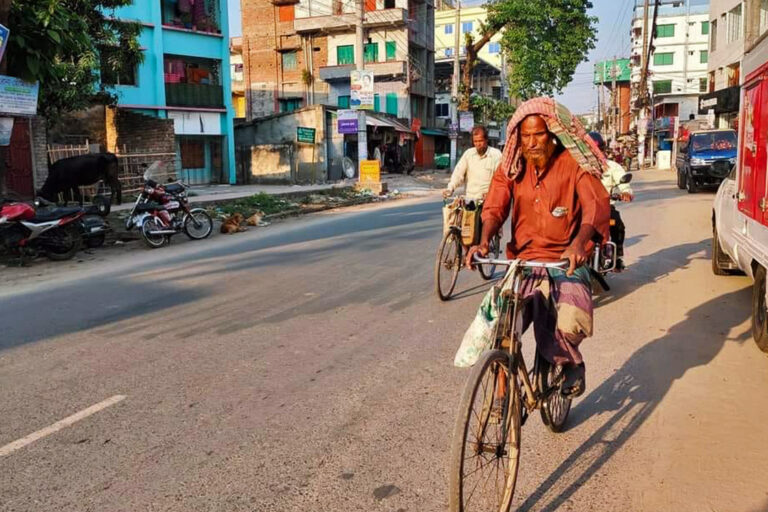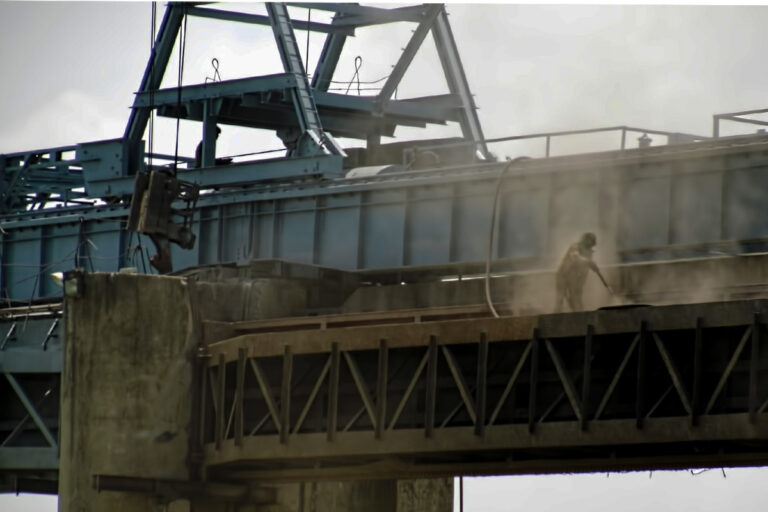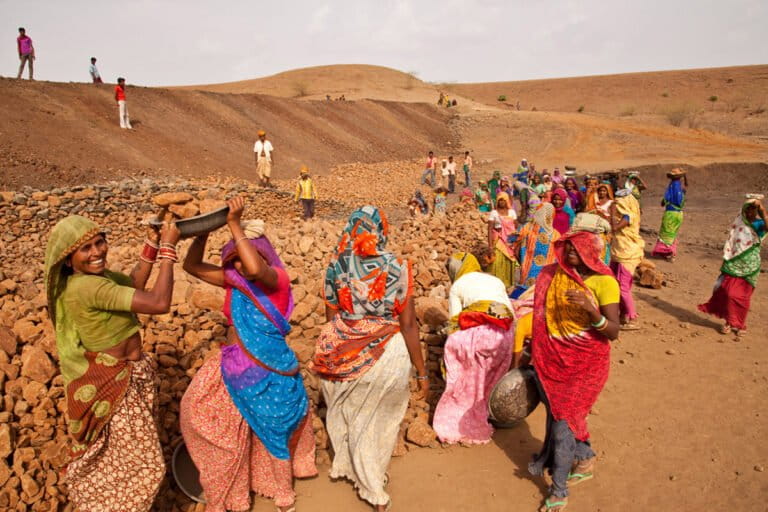
Mongabay series: Climate Connections
Mongabay-India's Climate Connections project aims to raise awareness about the nuances of India’s climate actions. India is one of the world’s fastest-growing economies and among the world’s biggest markets. These two factors together drive energy consumption and the use of fossil fuels. Further, the country is already witnessing a massive impact due to climate change. In such a scenario, the actions planned by the government, industry, and communities for climate change mitigation in India are of critical importance for stabilising the global climate system. As a signatory to the Paris Agreement, a legally binding international treaty on climate change, India has pledged to limit global warming to well below 2, preferably to 1.5 degrees Celsius, compared to pre-industrial levels. India updated its nationally determined contributions in keeping with the Paris Agreement, outlining major mitigation goals. By 2030, the country committed to reducing the emissions intensity of its GDP by 45 % of the 2005 value; generating about 50% of its power requirement from renewable sources, and creating an additional carbon sink of 2.5 to 3 billion tons of carbon dioxide equivalent through additional forest and tree cover. These commitments, with a focus on reducing greenhouse gas emissions, are driving the trajectory of India’s growth. India is highly vulnerable to extreme weather events. The year 2020 brought in its share of climate-related calamities, including floods in many parts of the country. Cyclone Amphan that hit India and Bangladesh coasts in 2020 became the costliest cyclone on record in the northern Indian Ocean. The impacts were amplified by the coronavirus pandemic. The already slowing economy was thrown into a deep slump. These events prompted a slew of economic reforms by the Indian government, mostly focused on activities that would help adapt to the new normal, with a thrust on climate adaptation. At such a time when fresh policies are being formulated, heightened media discourse on climate action is much needed.


Joshimath residents return to their “unsafe” homes, four months after the sinking crisis

[Commentary] Timely municipal elections enable local leaders to act locally and mitigate climate impacts

Ambikapur’s women-led waste management system also generates revenue for the city

WMO expects global temperatures to soar; experts warn of harsher heatwaves in India

As heatwaves projected to worsen across India, do vulnerability assessments and heat action plans suffice?

Assam’s North Lakhimpur treats 40 years of legacy waste in just nine months

Documenting India’s water bodies is a good start, but their condition is concerning, say experts

Warming water and pollution amplify fish mortality in Kerala during summer

RBI report examines implications of climate change on economic growth and financial stability

[Commentary] Facilitating progress towards a successful blue economy

This year’s severe heatwave, a threat to the people and food supply in Bangladesh

Despite guidelines to control it, fly ash impacts the everyday lives of people in Chhattisgarh
Funds remain underutilised by regulators in one of the most polluted regions of India

[Interview] Glaciologist Anil Kulkarni on shrinking glaciers and effective policy-level communication

Nature-based learning programmes improve environment and climate literacy in Chennai

Urban and peri-urban farming can play a small role in reducing carbon footprint

Jammu’s districts witness climate-induced livelihood vulnerability

Study looks at India’s rural work guarantee scheme through a climate lens

[Interview] Conservation scientist Joli Rumi Borah on integrating traditional knowledge in research
Special series
Wetland Champions
- [Commentary] India establishes the largest network of Ramsar Sites in South Asia
- [Commentary] Wetland champions: Promise from the grassroots
- The story of Jakkur lake sets an example for inclusive rejuvenation projects
- Welcome to Tsomgo lake: Please don’t litter

Environment And Health
- Marine plastic pollution is not just a waste problem; reducing production is needed too
- Stitching sustainability amidst climate change challenges
- Gujarat bans exotic Conocarpus tree amid health and environment hazard
- Malaria-carrying mosquitoes shift homes from forests to rice fields

India's Iconic Landscapes
- Majuli’s shrinking wetlands and their fight for survival
- Saving India’s wild ‘unicorns’
- Indrella ampulla’s genetic tapestry unveils colour morphs isolated across the Palghat Gap
- [Commentary] Up close and personal with the fragility of the Himalayas
Beyond Protected Areas
- New rules spell giant troubles for jumbos
- Climate litigation has entered the room. But could great Indian bustards be inched out?
- The dietary habits of endangered vultures
- Waterbirds adapt to nest and roost in the urban oases of Udaipur

Conserving Agro-biodiversity
- Pricey guests: Urban invasive species cost the world billions every year
- [Commentary] GROW with agroforestry, a step towards sustainable land management
- Millet tradition loses flavour among Madhya Pradesh’s tribals
- A village nurtures traditional food systems in response to climate change

Just Transitions
- How unplanned coal mine closures in India are affecting dependent communities, especially women
- Green Credit Scheme’s ‘methodology’ doesn’t inspire confidence among experts
- Conflict over critical mineral prospecting in Odisha signals need for better community involvement
- Fuel leak in Manipur raises concerns over water contamination





















